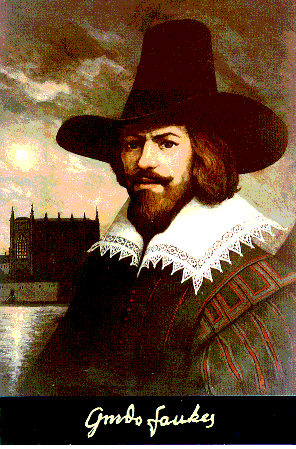1) Francis tresham:
tresham was also engaged in the plot an early period. He was not one of those with whom it originated; but it was revealed to him when the parties were in want of money, to enable them to carry on their scheme. He offered to contribute 2000 pounds, towards the grand object. He died in the tower before the trial of his companions.
2) Ambrose Rookwood:
rookwood was a man of fortune, and, until he became implicated in the treason, of reputation. He was not one of the original contrivers of the treason, but was a drawn into it by a strong affection for Catesby, who appears to have exercised over him a most extraordinary influence
John grant: GRAnt was a resident at conventry, and, like tresham and rookwood, did not labour in the treason, but was made acquainted with the scheme after it had been concocted. John seized upon several horses on the morning of the sixth of November, supposing that the explosion had taken place; with a view to the seizure of the princess Elizabeth, then on a visit in the neighbourhood. He was taken with the other conspirators in staffordshire
3) Robert keys:
little is known of this individual: but according to his own account at his trial, his circumstance had always been desperate, as well as his character. Such a man was, therefore, ready for any enterprise, however criminal. Fuller relates the following circumstance, which I give in his own quaint language. A few day before the fatal blow should be given, keies being in tickmarsh, in northampshire, at his brother-in-law, mr. gilbert pickerking, a protestan, he suddenly whipped out his sword, and in merriment made many offers therewith at the heads, necks, and sides, of several gentlemen and ladies then in his company: it was then taken for a mere frolic, and so passed accordingly: but afterward, when the treason was discovered, such as remembered his gestures, thought he practice what he intented to do when the treason should take effect: that is, to hack and hew, kill and destroy, all eminent person of a different religion from himself
Sir everad digby: this gentleman was descended from an ancient family, resident in rutlandshire. His education was entirely directed by priests if the church of rome, his father dying when he was only eleven years of age. He was introduced to the court of Elizabeth at an early period of his life; and soon after the accession of king Jacobo I was knighted by his majesty. Sir everad was made acquainted with the treason during in progress, when the early and original conspirators found themselves in want of money. He promised to furnish 1500 pounds. He was taken after the discovery and was executed in London
4)jesuitas
three Jesuits, garnet, Gerard and tesmond, were implicated in this conspiracy: the two latter escaped to rome, garnet alone was taken executed. It is remarked by fuller, “a treason without a Jesuit, or one of jesuit principle, therein, is like a drie wall, without either lime or mortar; Gerard must be the cement, with the sacrament of secreice to join them together: garnet and tesmond commended and encourage the designe” garnet received his early education in Winchester school, when bishop bilson was warden. It is said that he was engaged in a conspiracy among the boys, whose design was to cut off the right hand of their master. At this time garnet was at the head of the school. His conduct in other respects seems to have been so immoral, that he was advised not to offer himself as a candidate for a scholarship at new college.
He quitted Winchester for rome, where he enrolled himself in the society of the Jesuits. At length he was made the superior of his English brethren, in which character he returned into England, to promote a rebellion against queen eliza. Other particulars respecting his subsequent career will appear in the narrative. Thus have I endeavoured to give a brief sketch of the actors in this dark transaction. In reading the pages of history, we fell a natural desire to know something of the persons, whose exploits are recorded. The particulars, which I have give in this chapter, are such as could not so well have been stated in the narrative. All other matters, however, relative to any of the preceding individuals will be woven with the history, on which I am now about to enter
Other individuals were taken and executed for treason, in consequence of their joining in the conspiracy, but the parties mentioned in the preceding sketch were the only persons, who were actually implicated in the treason by any decided acts. Its is pretty evident, too, that very few persons, besides those actually engaged, were fully acquainted with the particulars of the plot. It was the policy of the conspirators to reveal the precise nature of the design to as few as possible, feeling assured that the smaller the number of actual traitors the less was the risk of discovery. They were also aware that all, or, at all events, most of the roman catholics would join them, when the design was carried into executions. The Jesuits, who were privy to the treason, intimated to the great body of the Romanist, that some great design was in agitation, without specifying particulars. The actual plot, therefore, was confined to a very few persons; but that a plot of some kind was going forward was believe by the great body roman catholic population throughout the country
Paco Tello
*faltan más conspiradores
Suscribirse a:
Enviar comentarios (Atom)

No hay comentarios:
Publicar un comentario